Spirit Life in Cemeteries
Printed in the Winter 2019 issue of Quest magazine.
Citation: Shahar, Charles, "Spirit Life in Cemeteries" Quest 107:1, pg 36-38
By Charles Shahar
 Cemeteries can be very vibrationally active or quiet, depending on a number of factors. Many burial sites have been chosen because they are high-energy environments. Located at the intersections of energy currents that result in a strong magnetism in the air, such settings have attracted disincarnate entities of all types. The veil or boundary between the grosser material sphere and the spirit world is thinner here, representing a kind of twilight zone, where the two dimensions can interact more directly. Cemeteries can therefore function as gateways to ethereal realms—although not necessarily the type you might want to connect to.
Cemeteries can be very vibrationally active or quiet, depending on a number of factors. Many burial sites have been chosen because they are high-energy environments. Located at the intersections of energy currents that result in a strong magnetism in the air, such settings have attracted disincarnate entities of all types. The veil or boundary between the grosser material sphere and the spirit world is thinner here, representing a kind of twilight zone, where the two dimensions can interact more directly. Cemeteries can therefore function as gateways to ethereal realms—although not necessarily the type you might want to connect to.
Ancient roads upon which funeral processions traversed were built to follow lines of energy (or ley lines) that converged upon graveyards, and were actually called “death roads.” According to renowned earth-mysteries author Paul Devereux, fragments of these roads have survived till this day in Western Europe, and are noteworthy for their straightness (Devereux, Earth Mysteries, 106). In medieval Holland, it was illegal to carry a corpse to burial in anything but a straight line (Devereux, Re-Visioning, 108). People would avoid crossing or walking along these roads, because the chances of meeting a ghost was considered to be high. The straightness was thought to encourage the spirit to make a beeline to the cemetery without deviating beyond its predetermined route.
From my own experience, older, smaller cemeteries are usually more likely to attract disincarnate entities. I find cemeteries that are at least 150 years old are often more busy with such activities than those that have been established relatively recently. Graveyards in disrepair, especially abandoned ones, often attract more entities than those that are vigorously maintained and manicured. Spirits generally do not like human activity, and will avoid any cemetery that is busy with workers. I also find spirits are more inclined to gather in cemeteries where there are plenty of trees rather than in those that occupy open ground. The presence of oak trees, particularly if they are gnarled and devoid of leaves, or have branches low to the ground, is also conducive for spirits to congregate.
Disincarnate entities are generally more active at night than during the day, particularly after midnight. Sunlight is usually too harsh for them to tolerate. On the other hand, there are entities who hang around during the day as well, and some do so for nefarious reasons. There are more spirits present on a heavily cloudy day than when the sun is blaring outside. They also like stormy or blustery days, when dark and foreboding clouds dominate the sky and blot out the sun. Some tend to be attracted to nights when there is a full moon or a new moon; others prefer the appearance of a very thin crescent, known as “Shiva’s moon.”
There are certain times of the year when the veil between our world and that of the twilight world becomes particularly thin, such as on Halloween night. One might think of Halloween as simply a children’s time for gaining treats and getting scared, but try meditating during the night of Halloween at a cemetery and see what types of energies you attract.
Spirit activity at cemeteries is quite intense at the winter and summer solstices, as well as the spring and autumn equinoxes. Members of pagan communities know this and generally time their most auspicious gatherings to coincide with these events. Fall is a time of transformation, and it is also the most active season for spirit activity.
What kinds of incorporeal entities hang around cemeteries? Among the most abundant are etheric wraiths. These are simply the discarded etheric shells of the deceased, which linger around the physical body and disintegrate along with it. They are sometimes visible as patchy mists that hover above grave sites, mostly around those of the recently departed. Even people who are only mildly sensitive can occasionally spot these wispy forms, but observers need to be alert and knowledgeable enough to know what they are looking at. Theosophist C.W. Leadbeater remarks that these etheric cast-offs are behind many of the commonly told stories of graveyard apparitions (Leadbeater, 53).
Other entities that hang around cemeteries are earthbound souls. Some are so attached to earthly life that they find it hard to disengage from it. Family members who come to mourn repeatedly pull these spirits back to the earthly sphere. They are compelled to linger near their loved ones, particularly at the site, where grieving is most intense. This category of earthbound specters is usually benign. They are rarely visible unless the astral form is so dense that it appears to people with a modicum of clairvoyant vision as a vague figure of the former corporeal self.
Some of the newly deceased will not initially leave the proximity of their physical bodies, fearing that if they stray too far, their connection to them will be severed. They will linger at the mortuary, attend their own funeral ceremony (I have often felt their presence), and will follow the funeral procession to the site where their body is interred. Most often they will not stay around the body after the burial takes place, although some will stay for much longer. In extreme cases, they may even try to enter the corpse in an effort to reanimate it. This is rare and involves an intense attachment to the physical form, or at the very least a confusion regarding one’s condition. Some souls refuse to recognize the finality of the rupture with their bodies.
There are also dark or malevolent entities that frequent cemeteries, including those that feed off the emotions of mourners who come repeatedly to the burial site. By entering the vulnerable auras of the distraught, these lower astral beings aggravate their suffering further, greedily feeding off it by siphoning life energy from their victims. There are also ghoulish spirits who are attracted to physical decay and decomposition. They resemble dark shadows of grotesque proportions. The smell of death attracts them, and they often linger at the gravesites of the recently buried.
The issue of burial haunting is one reason cremation is highly recommended by most spiritualists—and is also practiced by major faiths such as Hinduism, where it is done to assist the disembodied soul to move on. Occultists Harriette and Homer Curtiss suggest:
The recently deceased is often strongly, even morbidly attached to the discarded physical body for some time, hence haunts its burial place. But it is thus held only as a result of thought or desire, the desire to see what becomes of the former undergarment it wore while on earth. Cremation is therefore always desirable, not only because [it is] more sanitary and less revolting to think of, but because it consumes the physical magnetism and this releases the deceased at once from that source of attraction to the physical world (Curtiss, 65–66).
There are certain rules of etiquette that one should follow when visiting cemeteries. Always visit with an attitude of respect, whether in the day or at night. Never play loud music in a car when driving through the grounds. Avoid speaking with a loud voice, making loud jokes, laughing loudly, or otherwise behaving boisterously. All such actions are annoying for the entities who hang around cemeteries. You will attract their attention—and not in a good way.
I recommend treading carefully when walking through cemetery plots. If you must step on the graves themselves, tread lightly and with respect, even saying a little prayer as you walk through. Do not deface or disturb the site in any way, say by knocking over or displacing the headstones or the flowers and offerings that people have left there. This may all seem like common sense, but an immature or thoughtless person can easily deviate from conscious actions.
What can happen if you offend the spirits at a cemetery? There are a few possible responses, representing varying degrees of harshness. The first is that they may infiltrate your subconscious mind. They may strike you with a sudden fear, making you feel nervous and uncomfortable until you leave. They may distract your mind to the point where you might trip as you walk. The severity of such “accidents” will depend on the offense that you have caused. They may also follow you home and cause a bit of mischief. But these are all relatively rare occurrences, because most people know to approach cemeteries with a respectful attitude.
It is best to be tuned into the energy of a cemetery. If you feel strange when visiting a graveyard, it’s likely because the site is host to a multitude of spirit beings. For instance, you may experience goose bumps or a slight chill. If you feel a bit nauseous or queasy, this may be a warning sign that you have entered a cemetery frequented by powerful and possibly malevolent entities. They may not want to be disturbed and will guard their territory by vibing you. If you are sensitive, you will feel such vibes immediately.
I remember once driving on a photography outing to an old and decrepit cemetery about 100 miles from where I live. I snuck into the graveyard that Sunday afternoon by climbing up a padlocked fence. As soon as I touched the ground on the other side, I experienced a sinking feeling in my abdomen. As I walked through the cemetery, a sensation of dread overcame me. I realized that I was not welcomed there, and that the guardian spirits of the place were sending me strong signals to depart. I quickly climbed back up the fence and felt queasy until I got into my car. They had followed me a little way past the cemetery grounds.
I never returned to that graveyard, and I later understood that if I had stayed, these vibes would have gotten under my auric skin and perhaps caused difficulties for me later. In this case, scaling a fence and trespassing on the premises demonstrated a profound lack of respect for the sanctity of the grounds and for the beings that frequent it. These types of guardian entities are highly territorial and do not suffer intrusions lightly.
Guardian spirits can often be found in places such as old cemeteries, churches, monuments, old battlefields, and ancient temple ruins, where they hold vigil and do their best to discourage intrusions by unwanted visitors (Ashcroft-Nowicki and Brennan, 164–65). The mistake I made was not to ask permission from these beings before trespassing onto their grounds. If my request had been genuine and done with humility, they might have offered their permission, and I would have had a different experience. All it would have taken would be a brief meditation in which I could have raised my vibration before communicating with them.
I do not recommend that children play in cemeteries. They may be vulnerable to encroachments, and unwelcome guests may attach themselves to their astral fields. I am also leery of houses built at the edge of cemetery grounds, which are vulnerable to unwelcome visitations as well. Ancestral burial plots that are located near a house that has been passed on for generations may be particularly attractive places for earthbound spirits to linger. Even though their presence is generally benign, their souls’ progress is delayed by their worldly attachments.
For people who live next door to a cemetery, occult scholar John Michael Greer suggests planting a row of hawthorn hedges to separate the graveyard from the property and cultivating protective plants in the garden (Greer, 76). According to folklore, hawthorn hedges are considered to be magically (energetically) protective. Certain herbs and shrubs can be planted around the home—such as coriander, fennel, rosemary, and mullein—that repel unwanted negative energies (Struthers, 124). I have never experimented with such plants, but I suspect they work, because they are good conductors of etheric energy and respond well to the projected thoughts of people who use them for such purposes.
One would be mistaken to think of cemeteries as spiritual havens. Although they may be tranquil in their physical aspects, there may be all kinds of unpleasant shadowy creatures dominating their astral environment, particularly at night.
Sources
Ashcroft-Nowicki, Dolores, and J.H. Brennan. Magical Use of Thought Forms: A Proven System of Mental and Spiritual Empowerment. St. Paul, Minn.: Llewellyn, 2002.
Curtiss, Harriette A., and Homer F. Curtiss. Realms of the Living Dead: A Brief Description of Life after Death. New York: E.P. Dutton, 1917.
Devereux, Paul. Earth Mysteries. London: Judy Piatkus Ltd., 1999.
———. Re-Visioning the Earth: A Guide to Opening the Healing Channels Between Mind and Nature. New York: Simon and Schuster, 1996.
Greer, John Michael. Monsters: An Investigator’s Guide to Magical Beings. St. Paul, Minn.: Llewellyn, 2011.
Leadbeater, C.W. The Astral Plane: Its Scenery, Inhabitants, and Phenomena. London: Theosophical Publishing Society, 1905.
Struthers, Jane. Red Sky at Night: The Book of Lost Country Wisdom. London: Ebury Press, 2009.
Charles Shahar is a clinical psychologist by training and a social researcher by profession. He has lived in India, where he studied Vedanta philosophy. He has also taught yoga and meditation for seventeen years to diverse populations, particularly health-care professionals and patients.


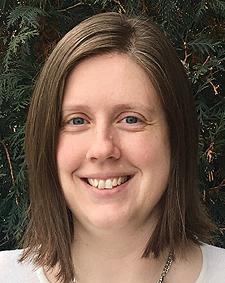 The increase of celebrity suicides within the last year shines a light on an epidemic that many people find too difficult to face. The national rate of suicide in the U.S. has been rising steadily over the past ten years. Statistics for 2016 noted that suicide accounted for 13.42 deaths per 100,000 individuals and was the tenth leading cause of death. Approximately 123 suicides occur per day, with white, middle-aged men as the leading demographic (
The increase of celebrity suicides within the last year shines a light on an epidemic that many people find too difficult to face. The national rate of suicide in the U.S. has been rising steadily over the past ten years. Statistics for 2016 noted that suicide accounted for 13.42 deaths per 100,000 individuals and was the tenth leading cause of death. Approximately 123 suicides occur per day, with white, middle-aged men as the leading demographic (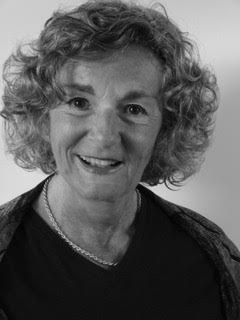 An ancient Mesopotamian tale, retold by W. Somerset Maugham, tells of a merchant in old Baghdad who sent his servant to the market to buy provisions. In a little while the servant returned, white and trembling, and said,
An ancient Mesopotamian tale, retold by W. Somerset Maugham, tells of a merchant in old Baghdad who sent his servant to the market to buy provisions. In a little while the servant returned, white and trembling, and said,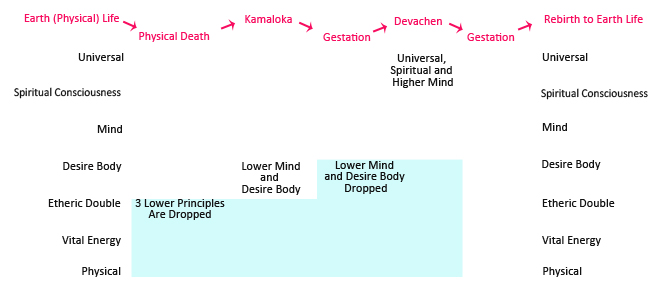
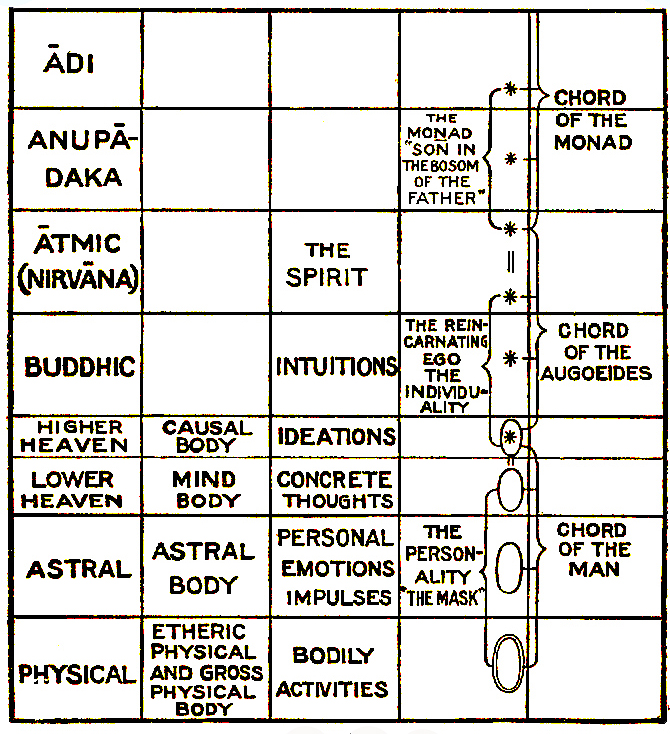
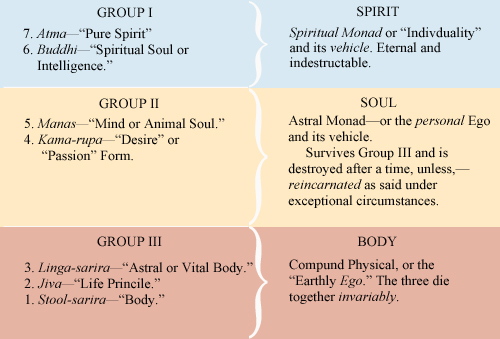
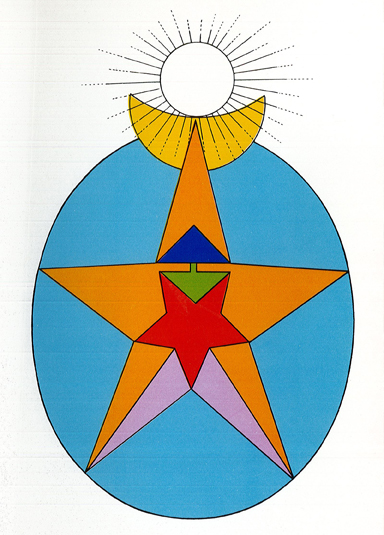
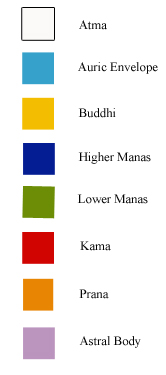
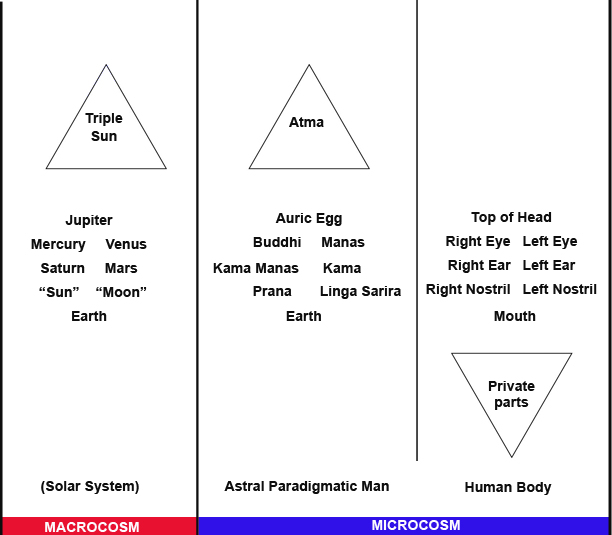
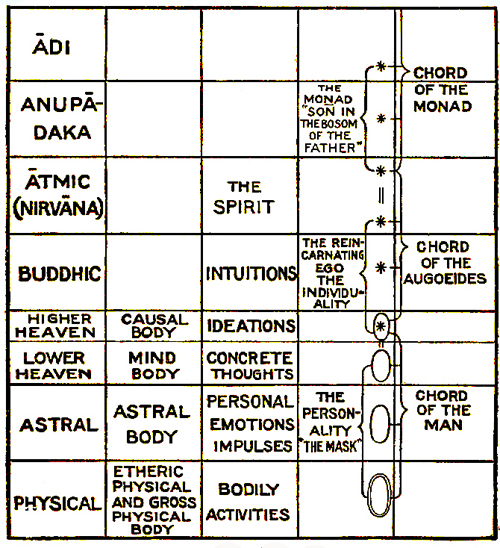

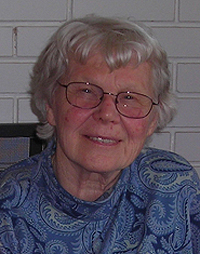 Years ago, when I was around forty, I was startled to see and converse with persons who had died. Other experiences followed. This sort of thing was taboo in my academic milieu and in a family studded with scientists (four physicists, one a Nobel Prize winner). Only lately, after a friend urged me to come out with these stories, which many people regard as deluded and weird, have I begun talking freely about these experiences.
Years ago, when I was around forty, I was startled to see and converse with persons who had died. Other experiences followed. This sort of thing was taboo in my academic milieu and in a family studded with scientists (four physicists, one a Nobel Prize winner). Only lately, after a friend urged me to come out with these stories, which many people regard as deluded and weird, have I begun talking freely about these experiences.